Click here to
[ read the interactive iMag Opens in new window ]
version
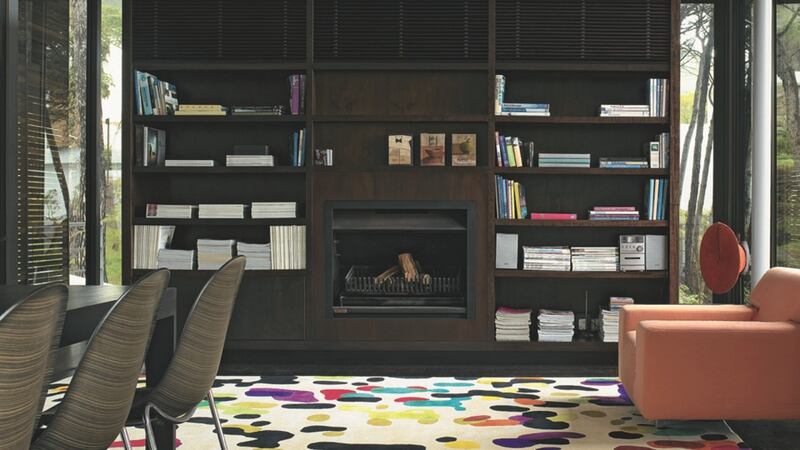
RUG RULES
A simple way to transform a room is to use a rug as a focal point. There are about 10 guide rules when placing rugs in a room. From two front legs of furniture on the rug, to all legs on or off depending on whether sofas or chairs are used. First and foremost, the scale, proportion and use of a room will dictate the size and quality of rug used.
Brendan and Dominique Hollande of rugs.ie in Cork have been in the rug business for 30 years and say the impact and texture are more important than dimension.
“What’s most important is looking at the area you need to fill,” says Brendan. “Use a smaller rug if it has a punchy design as it can overwhelm a room.”
“The two front legs on top of the rug is an American rule and is fine for machine-made products, but with handmade it’s all about texture and style,” he adds.
For bedrooms, it is a personal choice but a runner down either side of a bed is a good option, especially for wooden flooring. Rugs in hallways should be in the shape of the corridor; if the area is a long corridor then a runner should be used. If the area is a square foyer, round or square rugs are equally suitable.
In large rooms, where a rug takes up most of the space, at least 18 inches should be left as a perimeter, however in smaller rooms 10 inches will suffice.
Brendan advises using underlay under all rugs as it provides a durable backing – extending the life of a rug, and also providing friction and gripping to ensure the rug does not slip. While rugs can hide traffic-worn or stained areas, it is important not to have too many patterns in the room. If there is a patterned carpet underneath, use a plain rug in a similar or complementary tone and likewise don't have a room with patterned curtains, sofas and rugs as the space will be too fussy. As with all design, less is more and helps to create a more elegant space. Rugs.ie
LET THERE BE LIGHT

Lighting is one of the most overlooked yet vital components in interior design and can transform a room instantly. “It’s most important to have a combination of light sources for your room, so you can create a lovely ambient light as well as providing both task and accent lighting,” says Leah Baker of Hicken Lighting in Dublin. “Think of it as adding layers of light. Floor and table lamps provide both ambient and task light. Wall lights are an excellent way to provide soft, low-level light, creating atmosphere and warmth. Where possible, try and have all lights on dimmer switches, so you can achieve the right light levels for every occasion.”
When choosing a chandelier, Baker advises to go for a size that is approximately 20cm narrower than the table. Hang the chandelier at 80cm above the table top, for a standard 2.4m ceiling. For stand-up lights – as in over an island – go for eye level.
One of the biggest mistakes, according to Baker, is choosing the wrong bulb. Decorative filaments and incandescent lamps give the warmest light in a chandelier. For energy efficiency, choose A+ or A++, and LEDs, while more expensive bulbs last for years. Finally, Baker recommends using a colour temperature of 2,600-3,000 Kelvin, which can transform the ambience of a room. A new shade on an old lamp base can give an instant update to a room without the expense of a whole new unit. Hickenlighting.com
WINDOW DRESSING
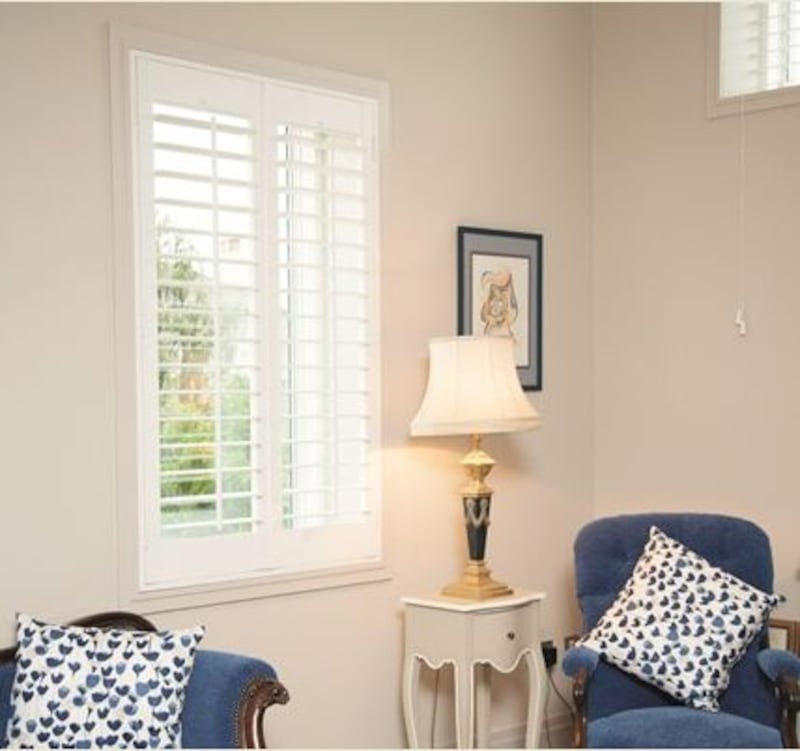
Patterned curtains can make a room feel smaller and often conflict with other design details – making a room too busy. Using neutral colours without pelmets can provide an instant update to a room. The use of roman blinds with a simple striped pattern can give modern white kitchens, which can at times feel austere, a more ambient feel. A new trend is the use of plantation shutters. Blaíthín Hederman of Shutters of Ireland has seen a surge of business from the apartment and new homes market in Ireland.
"They are perfect where space is at a premium, and give a more modern look than curtains or blinds. The fact that the customer can control the light coming into their rooms mean they are decorative as well as functional," she says. Using half or café-style shutters are a perfect alternative for net curtains traditionally used for privacy. Shuttersofireland.com
SOFT FURNISHINGS
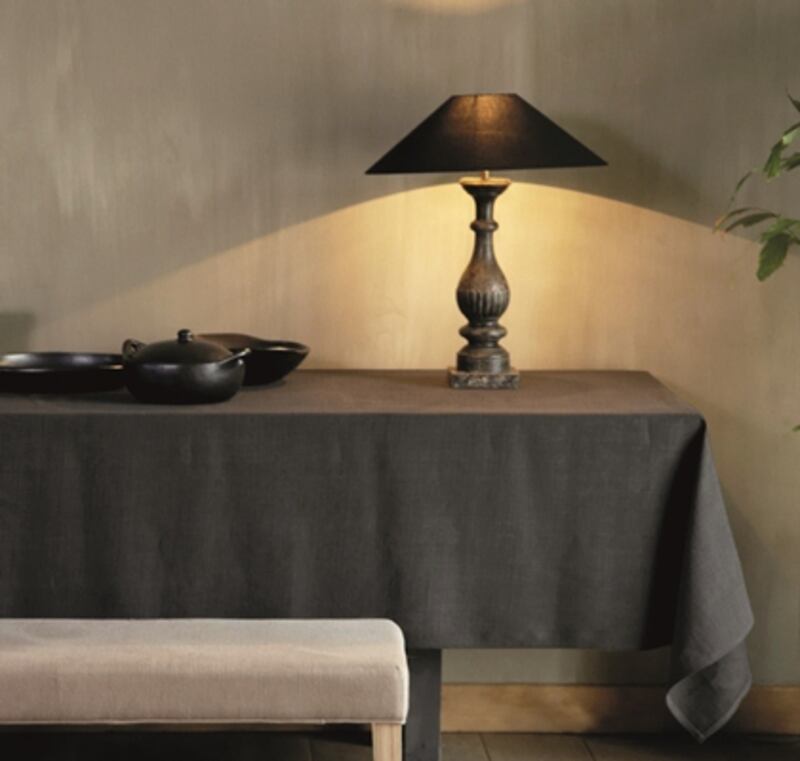
“One of the biggest mistakes people make with soft furnishings is they concentrate on the design element without taking practicality and functionality into account,” says David Coakley of The Linen Mill in Westport. “Sofas should be purchased for their wash-ability as well as comfort,” he adds. Tired or outdated tables will benefit from a simple cloth, and heavy linen adds both texture and elegance.
"Dark colours last better in a household with children and new throws and cushions add an instant update to jaded sofas and chairs. Linen floor cushions are a perfect alternative to loud bean bags which can overwhelm a room, are easily washable and stack away neatly," says Coakley. Linenmill.ie
PAINT IT
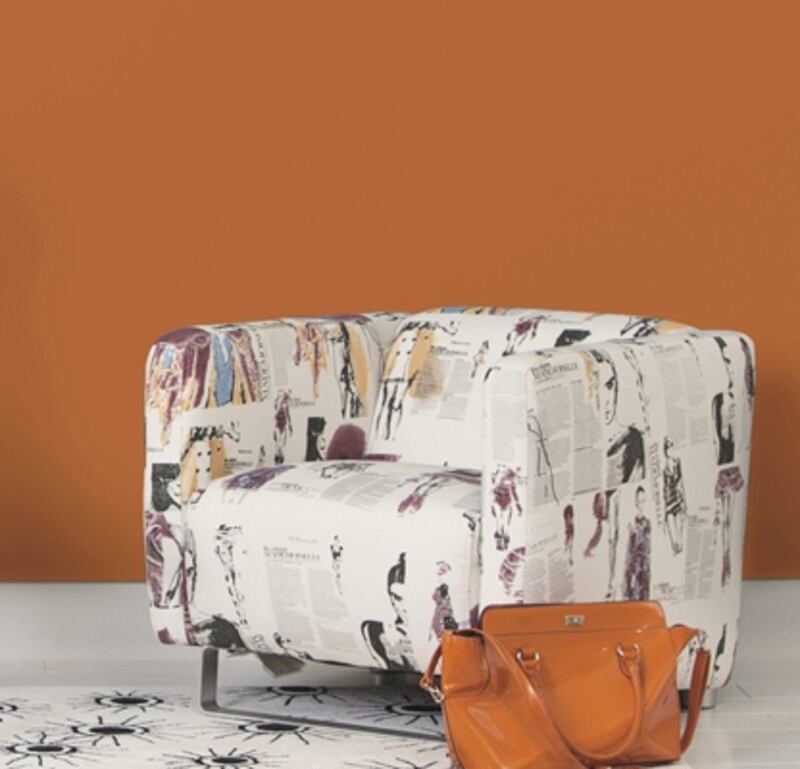
Nothing can transform a room like a new paint scheme but the array on offer often leads one to choose from desperation rather than choice. “The biggest mistake people make when choosing a paint is not understanding how light works, so understanding the light in your space is the key to realising the perfect colour scheme,” says Adele Roche, Colortrend’s colour psychologist.
Thankfully, most good paint shops have colour consultants to help you through the myriad of options to find your perfect colour. Things to remember are the aspect of the room – north- and east-facing rooms have less light than their southerly and eastern counterparts so you need to choose warmer tones, whereas cooler hues will work better in south-facing rooms.
Bold colours can tire easily in a room so it is better to use your favourite colour as an accent in soft furnishings instead. A new trend is to use three colours of the same tone in a room, a main colour for walls, a second for architraves and skirting and a third for the ceiling– though be wary of dark colours on ceilings as they tend to shrink a room.
Paints with a high amount of pigments, while beautiful to look at, are not washable – therefore totally impractical for use in high traffic or family areas. Ask at a good paint shop for a similar colour in a scrubbable finish.
GREENERY
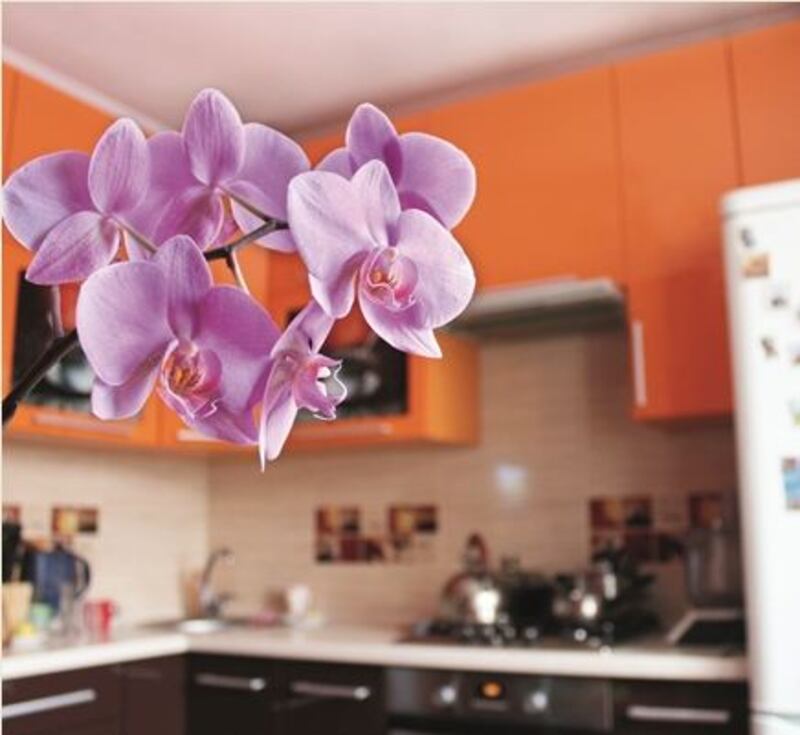
Nothing can bring a kitchen to life like pots of herbs, which have the added benefit of culinary use. Growing tomatoes is simple – as long as they have light, water and regular feeding – and a sunny full-length window will provide ample supplies for summer salads. Equally in bathrooms, a touch of green gives life. Lemon geraniums are very forgiving, easily propagated as well as providing a balmy scent.
Window boxes, planted with lettuces can be snipped all season and will keep giving all summer long. Cut flowers, while beautiful to look at, have a short life. Orchids on the other hand, are inexpensive, will flower for months on end, require little maintenance and will flower again as long as they have a sunny spot. A group of three on a dining table will give the room a dramatic focal point.
RESTORE, RE-POLISH, RECYCLE
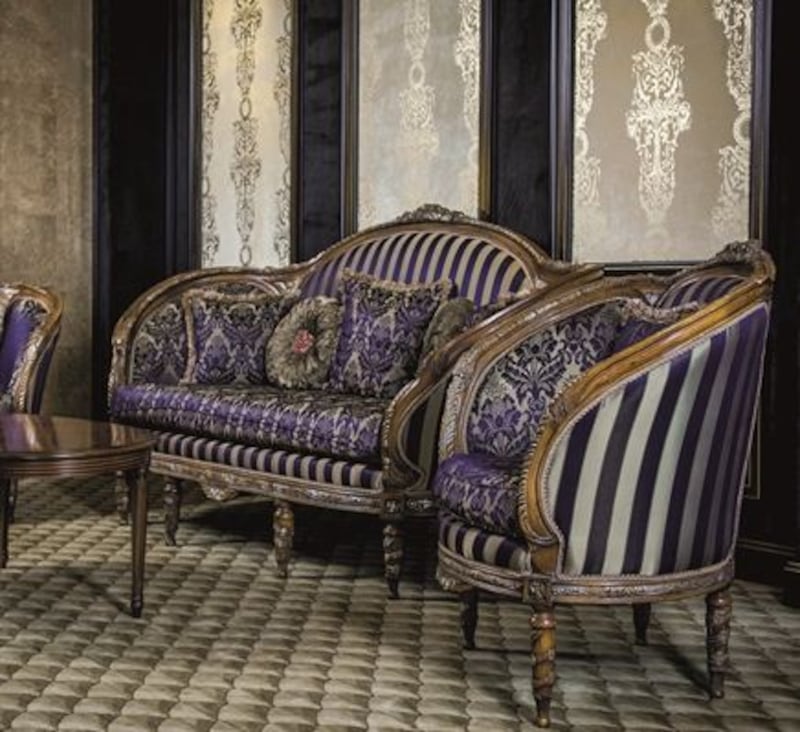
Furniture past its prime can take on a new lease of life by restoration. The Griffin family of craftsmen in Dublin 8 have been restoring furniture for more than 100 years and offer upholstery restoration and the dwindling art of French polishing. While not cheap, French polishing can transform a period dining table to its former glory to reveal rich patinas on wood which has grown tired over time. The process takes about two weeks, is all done by hand and provides amazing results. Damaged furniture can also be repaired. Prices for French polishing a dining table start at € 400. terrygriffinfurniturerestoration.
[ goldenpages.ieOpens in new window ]
DIP THE DOORS
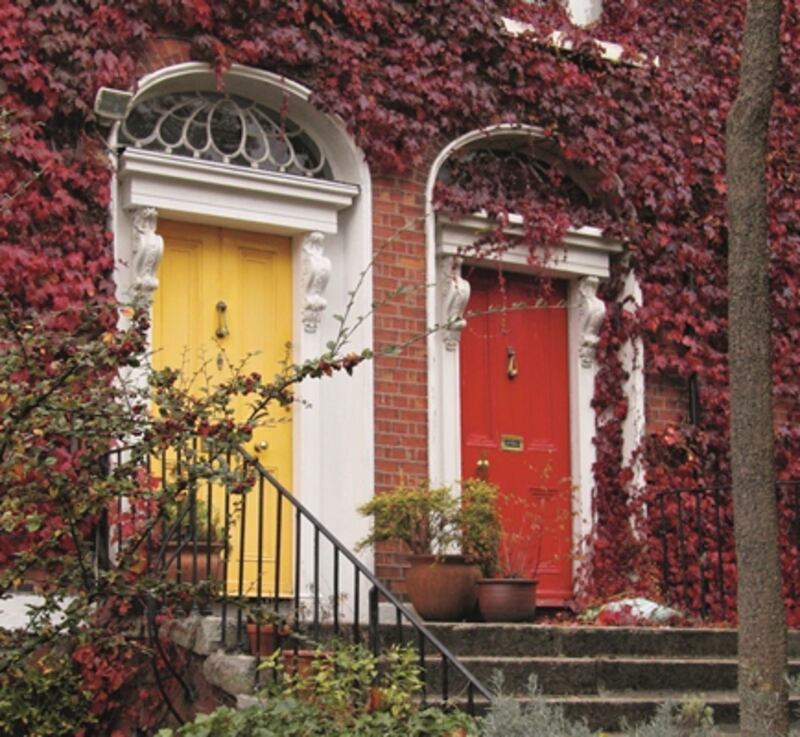
Period properties often have weather-beaten front doors, which, along with internal doors, have decades of paint coats. Tony Doody of Dip Strip in Dún Laoghaire has been stripping doors since 1986 and has developed a gentle water-based solution where there is minimal residue and chemical damage in the process. “One of the dangers with stripping doors is the chemicals can be too strong, it is a balancing act on how long we leave the doors in the dip,” he says.
"The door will have 98 per cent of the paint and residue removed – anymore and the chemicals start to eat into the seals. We return the door ready for a joiner to put silicone behind the mouldings and re finish the door to its original state." Dipping a period front door costs € 225, collected and delivered on the same day. Have your joiner remove hardware and heavy screws and Dip Strip will do the rest. dipstrip.ie
















